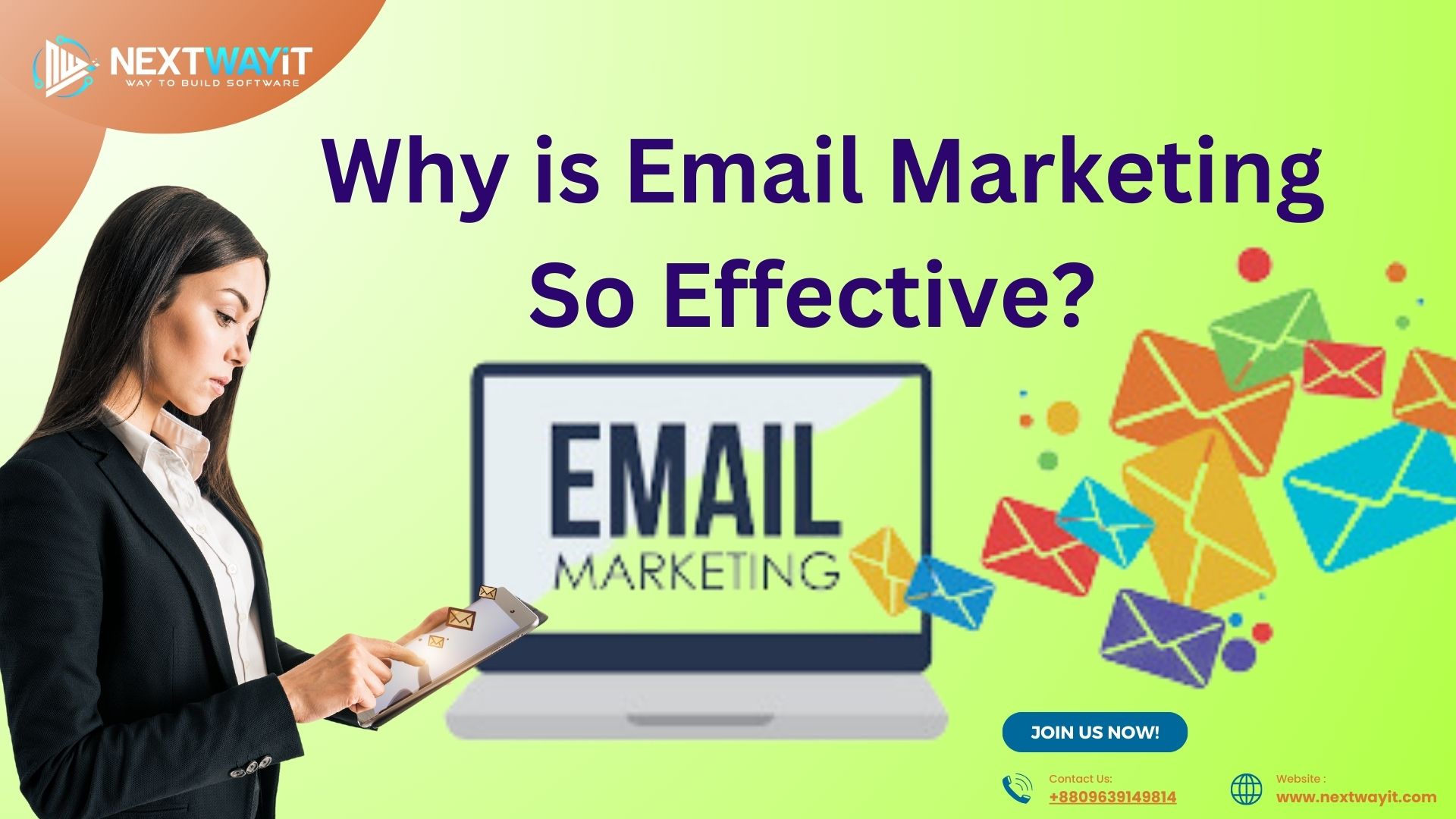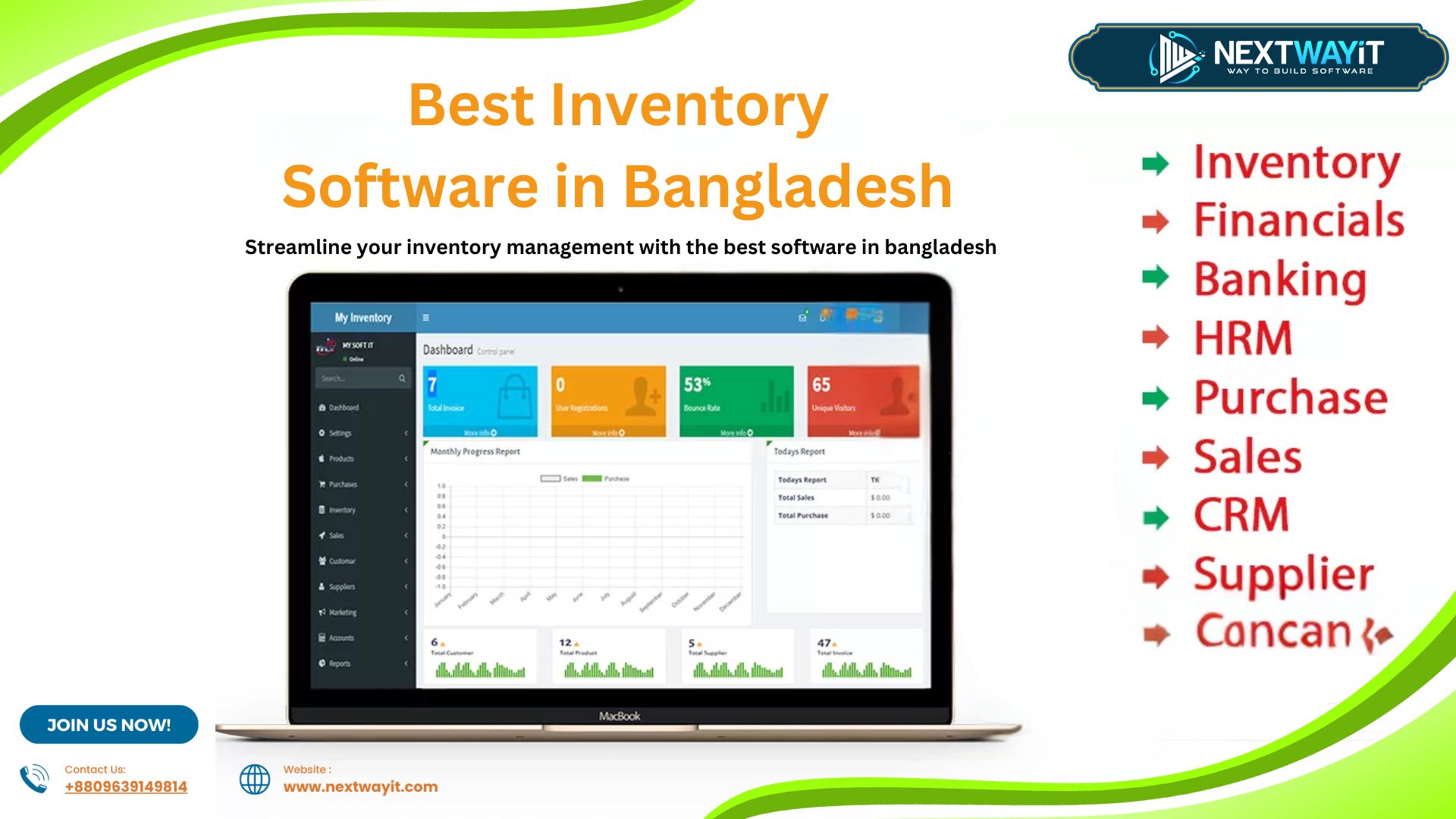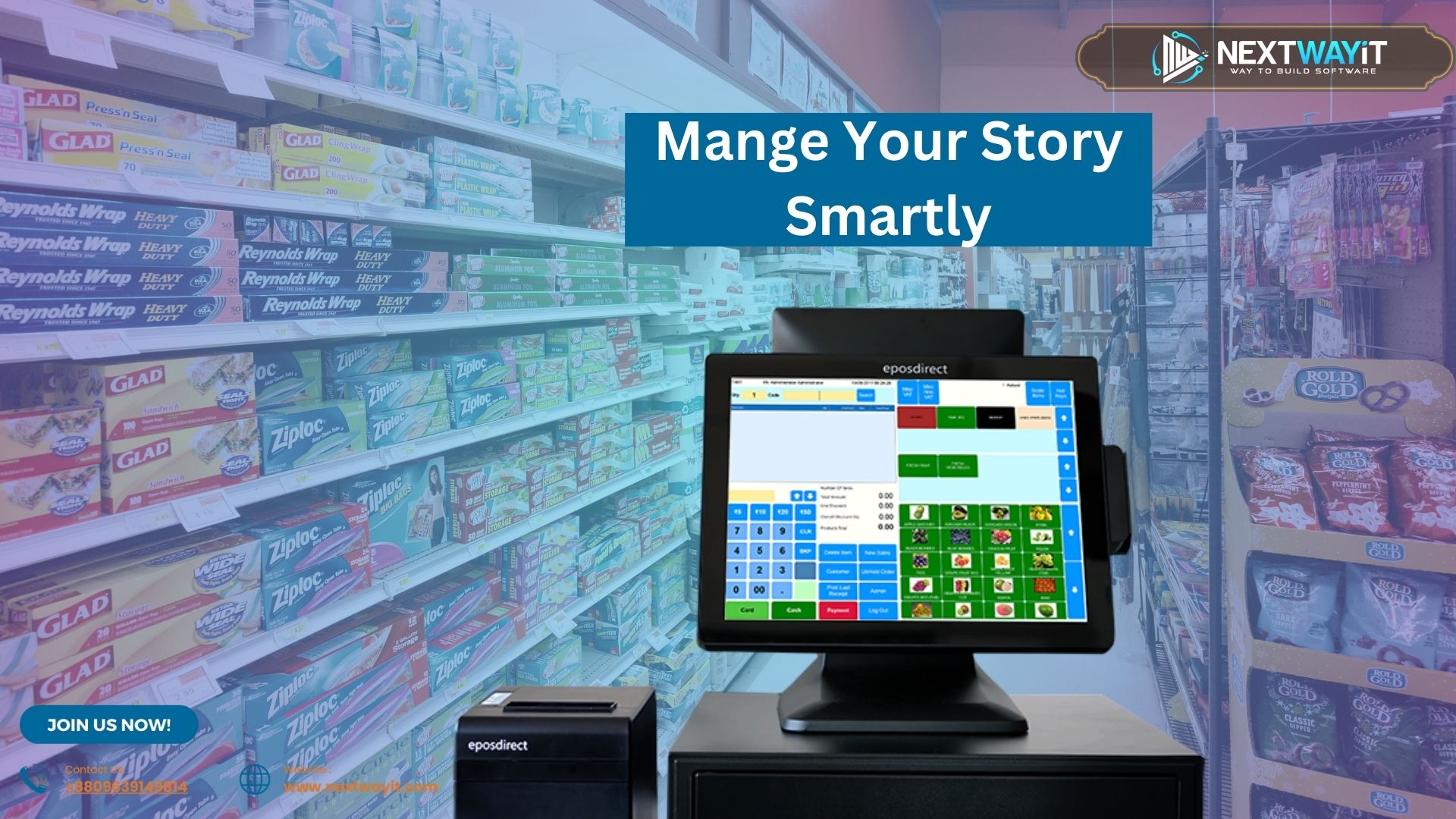
Why is Email Marketing So Effective?
Introduction to Email Marketing
In this article we will learn about Why is Email Marketing So Effective? Email marketing has become one of the most powerful tools in a marketer’s arsenal. With the rise of digital communication, it allows businesses to reach their audience directly, providing valuable information, promotions, and updates. But what makes email marketing so effective?
The Power of Direct Communication
Building Personal Relationships
Email marketing enables businesses to establish and nurture personal relationships with their customers. By sending tailored messages directly to an individual’s inbox, businesses can connect with their audience on a more personal level. This direct communication fosters trust and loyalty, which are essential for long-term customer relationships.
High ROI and Cost-Effectiveness
One of the standout benefits of email marketing is its impressive return on investment (ROI). Compared to traditional marketing channels, email marketing is significantly more cost-effective. With minimal expenses involved in creating and sending emails, businesses can achieve substantial returns, making it an attractive option for companies of all sizes.
The Role of Personalization
Targeted Messaging
Personalization is key to the success of email marketing. By segmenting their audience and sending targeted messages, businesses can ensure that their communications are relevant to each recipient. This targeted approach increases the likelihood of engagement and conversion, as recipients are more likely to respond to content that resonates with their interests and needs.
Enhanced Customer Engagement
Personalized emails also enhance customer engagement. When recipients receive content that is tailored to their preferences, they are more likely to open, read, and interact with the email. This engagement not only boosts the effectiveness of the campaign but also strengthens the relationship between the business and its customers.
Automation and Efficiency
Streamlining Campaigns
Email marketing automation tools allow businesses to streamline their campaigns and increase efficiency. Automated workflows can handle everything from welcome emails to follow-up messages, freeing up valuable time for marketers to focus on other tasks. This automation ensures that the right message is sent to the right person at the right time.
Time-Saving Benefits
The time-saving benefits of automation are immense. Marketers can set up campaigns in advance and let the automation tools do the heavy lifting. This not only saves time but also ensures consistency in communication, as automated emails can be scheduled to go out at optimal times for maximum impact.
Measuring Success with Analytics
Tracking Open Rates and Click-Throughs
One of the major advantages of email marketing is the ability to track and measure success. Analytics tools provide detailed insights into open rates, click-through rates, and other key metrics. This data allows marketers to understand how their emails are performing and make informed decisions to improve future campaigns.
Adjusting Strategies for Better Results
With the data gathered from analytics, businesses can adjust their strategies to achieve better results. By analyzing what works and what doesn’t, marketers can refine their approach, experiment with different tactics, and continuously improve their email marketing efforts.
Integration with Other Marketing Channels
Social Media Synergy
Email marketing can be seamlessly integrated with other marketing channels, such as social media. By promoting email sign-ups through social media platforms, businesses can grow their email lists and reach a wider audience. Additionally, email campaigns can drive traffic to social media profiles, creating a synergistic relationship between the two channels.
Complementing Content Marketing
Email marketing also complements content marketing efforts. Businesses can use email newsletters to distribute valuable content, such as blog posts, articles, and videos, directly to their audience. This not only keeps subscribers informed but also drives traffic to the company’s website, boosting overall content visibility.
Building and Segmenting Email Lists
Importance of a Quality List
A quality email list is the foundation of successful email marketing. Businesses need to focus on building a list of engaged and interested subscribers. This can be achieved through various methods, such as offering incentives for sign-ups, creating compelling opt-in forms, and ensuring that subscribers have a clear understanding of what they will receive.
Effective Segmentation Strategies
Segmenting the email list is crucial for delivering personalized content. By dividing the list based on criteria such as demographics, purchase history, and engagement levels, businesses can send targeted messages to different segments. This segmentation ensures that each subscriber receives content that is relevant to them, increasing the chances of engagement and conversion.
Overcoming Challenges in Email Marketing
Avoiding Spam Filters
One of the challenges in email marketing is ensuring that emails reach the inbox and not the spam folder. To avoid spam filters, businesses need to follow best practices, such as using a reputable email service provider, avoiding spammy language, and regularly cleaning their email list to remove inactive subscribers.
Maintaining Subscriber Interest
Keeping subscribers interested and engaged is another challenge. Businesses need to consistently provide valuable and relevant content to their audience. This can be achieved by understanding subscriber preferences, sending personalized emails, and maintaining a consistent sending schedule.
Conclusion
Email marketing remains one of the most effective marketing strategies due to its direct communication, personalization, automation, and integration capabilities. By leveraging these strengths, businesses can build strong relationships with their audience, achieve high ROI, and drive overall marketing success.
FAQs
- Why is email marketing more cost-effective than traditional marketing?
- Email marketing has lower costs compared to traditional methods, such as print or TV ads, making it accessible for businesses of all sizes.
- How can I ensure my emails don’t end up in the spam folder?
- Use a reputable email service provider, avoid spammy language, and regularly clean your email list to remove inactive subscribers.
- What are the benefits of segmenting my email list?
- Segmenting your list allows you to send targeted messages to specific groups, increasing the relevance and effectiveness of your emails.
- How can I measure the success of my email campaigns?
- Use analytics tools to track key metrics like open rates and click-through rates, and adjust your strategies based on the data.
- How can I integrate email marketing with social media?
- Promote email sign-ups through social media platforms and use email campaigns to drive traffic to your social media profiles, creating a synergistic relationship.



